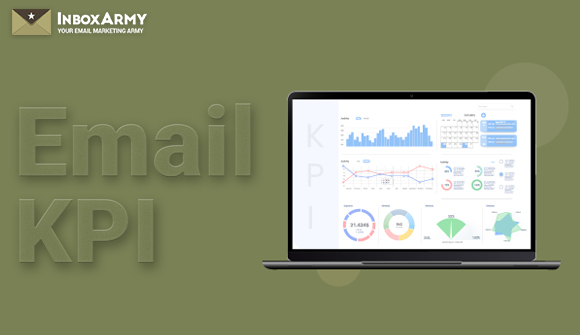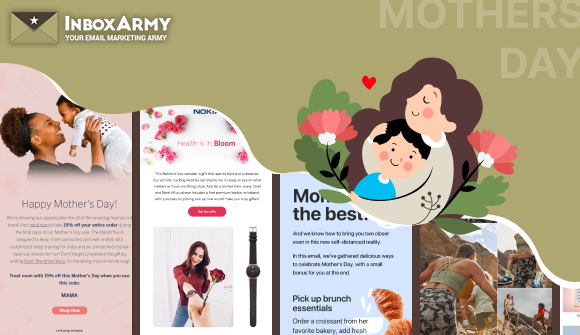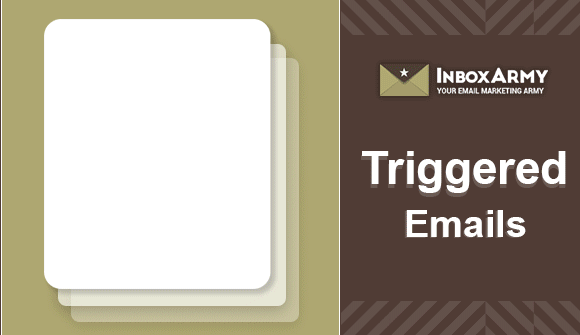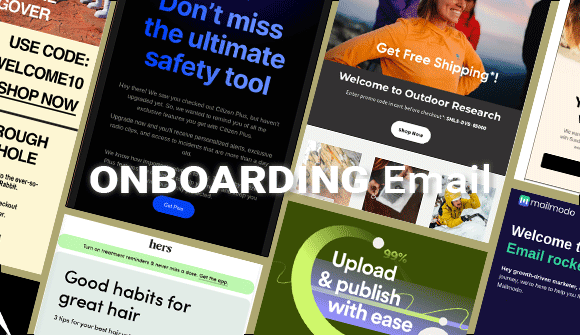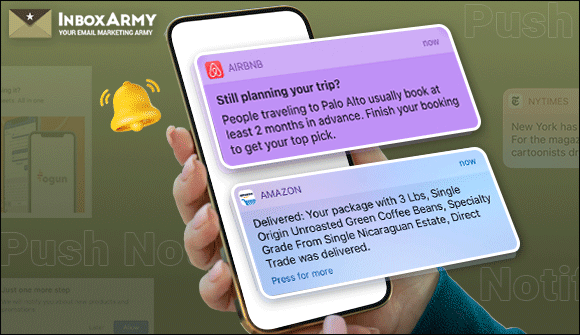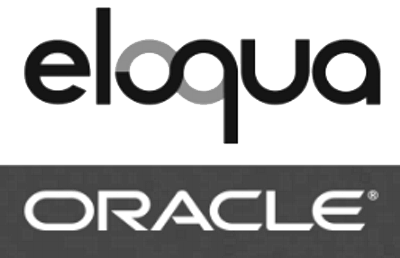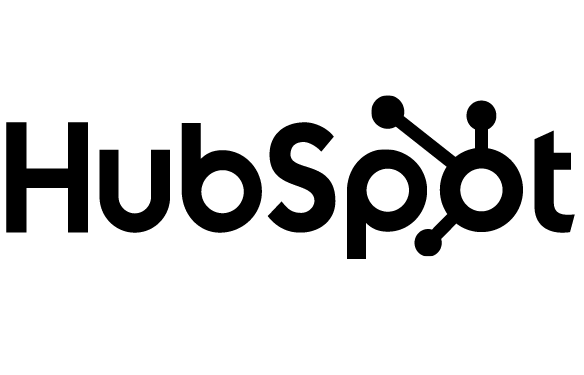Data is the lifeblood of your email marketing program. What I’ve learned over the years is that understanding data is really about asking the right questions. Today, I’m going to give you seven big questions you can ask your data team to give you a fuller picture of performance.
But first, story time.
For years, I’ve been struggling with how best to report on email program success. Most reports are still focused on opens, clicks, and direct conversions from clicks. But this question always nagged me from the back of mind:
Is this everything?
A few “lives” ago, I was determined to dig deeper. I connected with my data analytics team and asked them for this data:
- Of everyone who received our broadcast emails last week, how many customers converted to a sale within 48 hours (regardless of channel attribution)?
- Of those customers who converted in that window of time, how many of them opened the email?
(Note: This was pre-iOS 15, so this was a more accurate number.)
Let’s focus on that second question: How many conversions opened the email versus did not open the email? The answer staggered me:
40% of revenue and conversions came from non-openers.
Ever since then, I’ve believed this statement with all my heart and soul: Last click attribution sucks.
It assumes a completely linear path to conversion: Send > Open > Click > Convert. And how often does that happen? You’re dealing with human beings after all. People who do not follow directions and rarely act in a linear fashion.
With this in mind, let’s start with the most important question:
Question 1: How Are You Defining Conversions?
Every email you send should have a desired action – what do you want your recipient to do with it? It could be to purchase a product or service, download a whitepaper, visit your website, or download your app. You need to define what success looks like for each campaign so your metrics can align properly.
Question 2: How Are You Measuring Influence On Conversion?
Let’s go back to story I told earlier. The first question I asked boils down to this question: Do people who receive your email convert? Email has a branding effect. Simply being in the inbox could be enough to get customers to act.
The second question was specific to opens, yes. But it’s more about human behavior. Customers triage on their phone all the time. They may come back later to your website and convert, and not click through the email when doing so.
A great example I love to use is an email with the subject line stating, “Your bill is due.” If this campaign generated a 30% open rate, a 50% click-to-open rate, but an 80% customer conversion rate, how would you report on it? Would you only measure on the 15% of customers who received/opened/clicked/converted? Or would you give yourself at least partial credit for the customers who saw the email and went to pay their bill?
(I hope you picked the latter option.)
Question 3: What kind of Traffic Impacts Do You See On Send Days?
Email drives traffic—both directly through clicks and indirectly through other channels. (Yes, paid channel managers, it does works both ways.) You’re essentially looking for the “Halo Effect” your email campaigns will have on website and other channel traffic.
Work with your data team to get a baseline on overall traffic to your website, your app, essentially wherever your calls to action may be directed. (You can even look at phone call volume if that’s relevant.)
From there, measure the influence on traffic in the immediate aftermath of sending out your email campaigns. I would fully expect to see spikes in traffic within the first few hours, all the way out to 24-72 hours afterward. If you mail daily, your influence window would be shorter, obviously.
Question 4: How Well Did We Sell What We Promoted?
This question is about defining the bottom-line success of your email campaigns. This may seem like an obvious question, but sometimes we focus on overall sales and not specifically the promoted product or service. And since every email you send will sell *something*, it’s important that you add this layer of reporting.
Look at overall sales across all channels the day of your send and the day after. If you’re sending an email promoting a specific line of T-shirts, how many T-shirts did you sell? If you’re promoting a tax prep professional service, how many appointments did you generate? If you’re using product recommendations in your email (particularly if they’re static options), how many of those recommended products did you sell?
Question 5: How Are Our Coupon Codes Being Used?
Let’s start here with two important tips:
- Get email campaign-specific coupon codes for ease in tracking.
- Build your email code to auto-append the coupon codes into your URLs to auto-populate in shopping/checkout. Remove this source of friction where possible.
Why are email-specific coupon codes important? Customers don’t act in expected ways. How many times have you had email open on your phone while making a purchase on your iPad or laptop (or vice versa)? Being able to track the code, regardless of the path to purchase, is critical.
It also further enables the messaging of an “email-exclusive offer.” You can personalize it as well, make it one-time use, you name it.
Yes, there will likely be heavy overlap between your last-click conversion metrics and coupon code usage. But you should expect some additional halo usage as well—including from new customers due to current customers or subscribers sharing the code with family and friends.
Question 6: What Is Our Impact On Repeat Purchase Rate?
Email occupies a unique place in the overall marketing ecosystem. Whereas paid media is largely directed toward new customer acquisition, email covers tons of ground—the first purchase, the next purchase, etc.
I like to call email “Repeat’s best friend.” After all, it’s not just about that first purchase. It’s about that next logical purchase. It’s about nurturing. It’s about being a reliable, relevant presence to keep your brand top of mind.
So when it comes to the specific sub-questions here, ask: What is the percentage of sales driven from email that come from existing customer? How many second, third, fourth, etc., purchases come from email? Break it down and find the numbers—they may surprise you (hopefully in a good way).
Question 7: What Is Our Impact On Product Usage?
There’s a reason “email” and “CRM” are often conflated terms. Email is the main channel responsible for managing customer relationships. And, I would argue, it’s “product’s best friend,” as well.
I guarantee you that your paid media team isn’t spending money on ads to get customers to actually use the platform after the purchase is made. The attention turns to the email channel (and in some cases, the mobile app) to drive product and feature adoption. And you’re likely being measured on it whether you know it or not.
Look at product adoption rates. If you don’t have an email program tied to product adoption, establish your baseline now then build a program. Measure the effect these communications have on adoption rates. Once (or if already) you have a program, use the same questions you would for a promotional email and apply them here. Adoption would equal conversion, in this case.
Conclusion
What are the expectations of your email program? Consider your touchpoints and reverse engineer your own questions you need to ask so you can find the right answers. And if you’re still reliant on last click attribution, I’m not going to say there is no value in it. It is accurate, for what it’s worth. But it doesn’t ask for nor tell the whole story – and may be a key reason why your email marketing program isn’t getting the full attention it deserves.
Don’t settle just for the metrics that your email service provider is giving you. Get down to the customer-level metrics that are crucial to prove your worth and build the case for you to build a bigger team, get promoted, etc.
And one last thing: Become best friends with your data and your data team. They’ll want the success stories, too!





